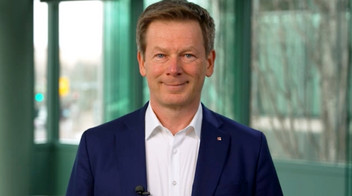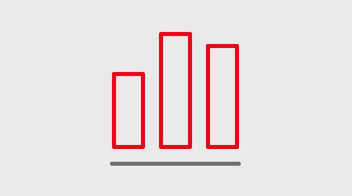Noise remediation and control
Noise remediation and control in Germany | 2023 | 2022 | 2021 |
Noise remediation (existing network) | |||
Noise barriers completed (km) | 46.8 | 37.7 | 44.2 |
Homes with passive measures | 1,750 | 1,484 | 1,820 |
Total noise-remediated lines as of Dec 31 (km) | 2,255 | 2,202 | 2,110 |
Total noise remediation areas relievedby noise control (km) | 52.8 | 52.1 | 52.1 |
Noise prevention (new and expansion lines) | |||
Noise barriers completed (km) | 40.2 | 33.2 | 41.2 |
Homes with passive measures | 1,060 | 714 | 590 |
Since the voluntary noise remediation program began on existing Federal rail tracks in 1999, we have reduced noise pollution for local residents. By means of local noise remediation measures, such as noise barriers, soundproof windows and noise-proof ventilators in residential buildings, we are remedying noise on existing affected lines. The development of noise-remediated lines is in line with our forecast in the 2022 Integrated Report.
Federal budget utilization
In 2023, about € 135 million of Federal budget funds were spent on active and passive noise remediation measures as part of the noise remediation program, with additional noise barriers being installed and additional apartments being fitted with sound-proofing measures. In addition, Government funding is being used to finance other special issues in noise reduction, such as the implementation of the measures featured in the feasibility study in the Middle Rhine Valley.


